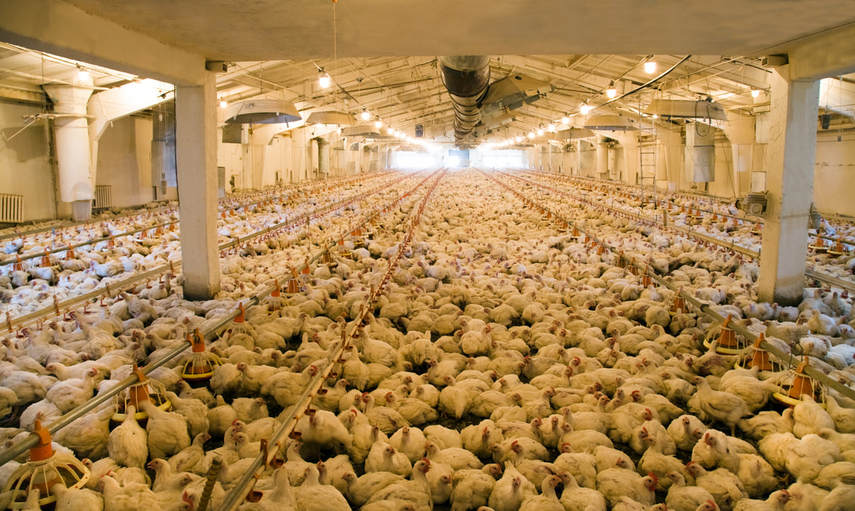|
Are all chickens created equal? The answer may actually surprise you... As many of you know, we have recently rolled out our Animal Diet Formulator. This software helps users create a complete and balanced fresh food diet for your dog or cat. For those of you that own the software (yes, it is available of purchase), you might have also noticed that there are options when it comes to the type of chicken you are using in your recipe. That's because while there are similarities between sun raised and indoor chickens, overall they offer different levels of nutrients to your pet and can affect how balanced the diet really is. While we do want to bring attention to the difference in quality, we also want to shed light on the living conditions of chickens that do not have proper access to the outdoors. We at RAHU love animals. And that means the animals that help feed our four-legged companions (and us), too. So. What is the difference?  Indoor chickens are typically raised in CAFOs (Concentrated Animal Feeding Operation) that provide large barns on concrete pads capable of containing tens of thousands of animals with only about 1/2 square foot of space per chicken. CAFO chickens do not leave the structure and cover of the building, resulting in very different nutrient density than chickens exposed to sunlight (pasture raised). They also require feed with antibiotics and growth promoting drugs in order to produce meat for market in several weeks. Several chickens in CAFOs die due to the failure of organ function keeping up with muscle mass development. "I don't have a problem with death, but I do have a problem with suffering." -Dr. Barbara Royal Pasture raised chickens are allowed to freely move from a simple structure to a designated pasture where they can forage grasses and bugs, in addition to high quality grain feeds for adequate development. Designated pastures are typically rotated every few days for sustainability. The structures provided on most pasture raised farms allow 1 square foot of space per chicken, but chickens will also spend most of their day outside of the structure. A variety of activity with increased UV exposure results in chickens that are more nutrient dense, with a slightly different fatty acid profile, fat/protein ratio, and increased vitamin D from UV-B synthesis of cholesterol in sun-raised chickens. This is why when purchasing food from our feathered friends, we fully support looking for the "pasture raised" label. By doing so, you help support sustainable and humane farming practices. Good for your pet. Good for the earth. This is why when purchasing food from our feathered friends, we fully support looking for the "pasture raised" label. By doing so, you help support sustainable and humane farming practices.
Good for your pet. Good for the earth.
0 Comments
Leave a Reply. |
AuthorWrite something about yourself. No need to be fancy, just an overview. Archives
July 2019
Categories |
|
© COPYRIGHT 2017. ALL RIGHTS RESERVED.
Terms of Use & Privacy Policy | [email protected] 4130 N. Rockwell • Chicago, IL 60613 |
